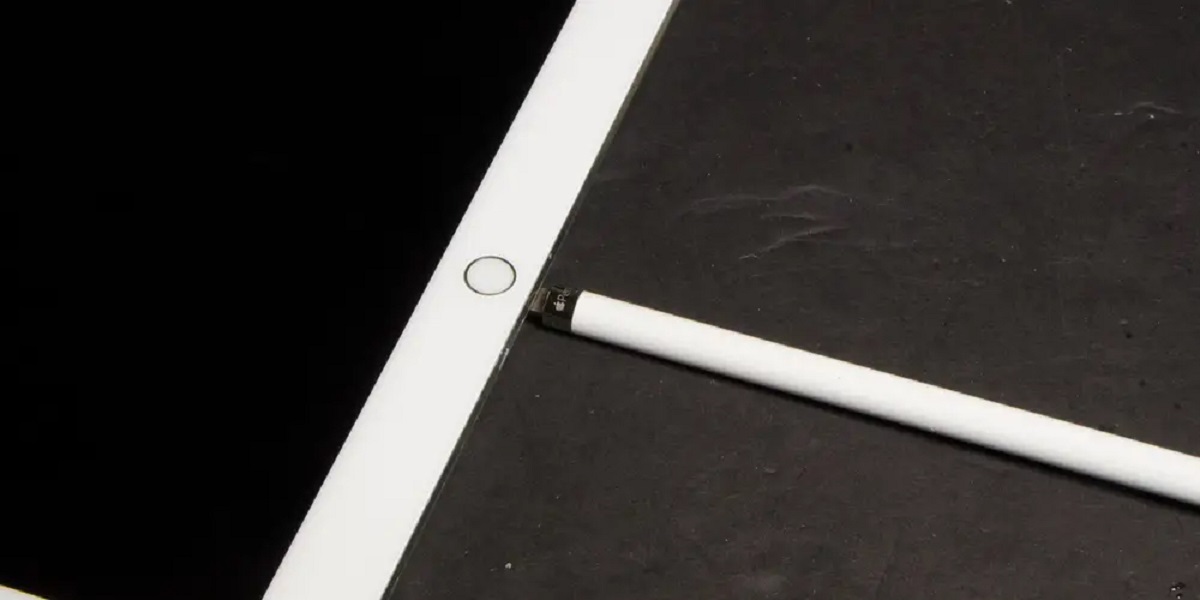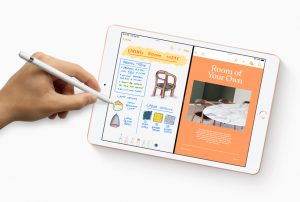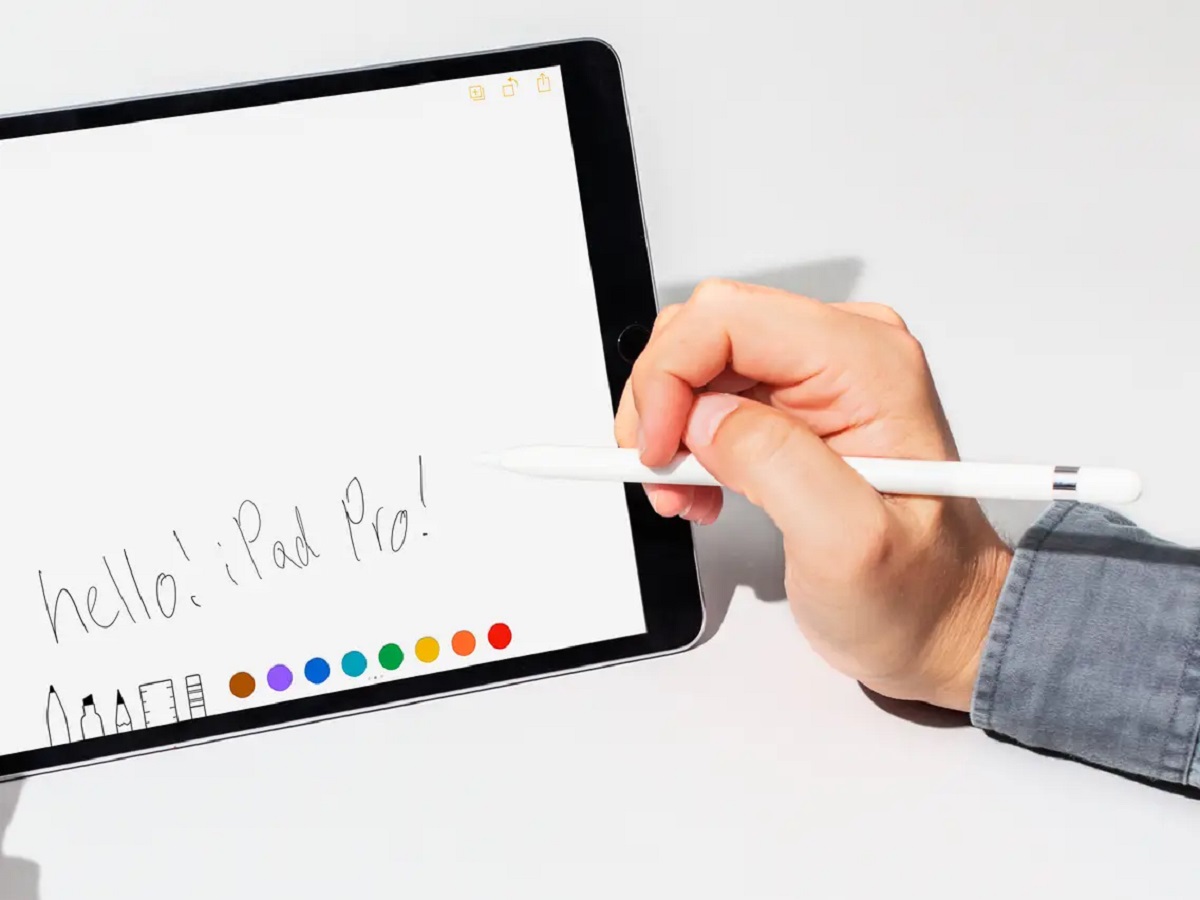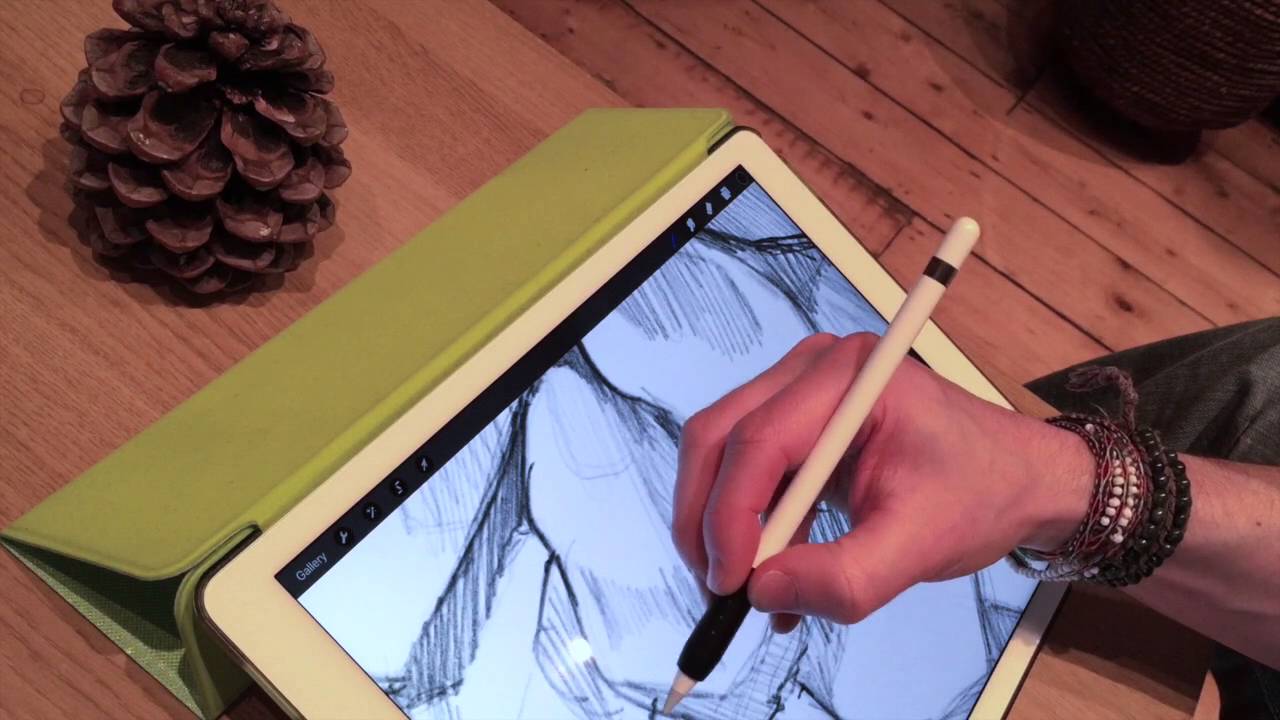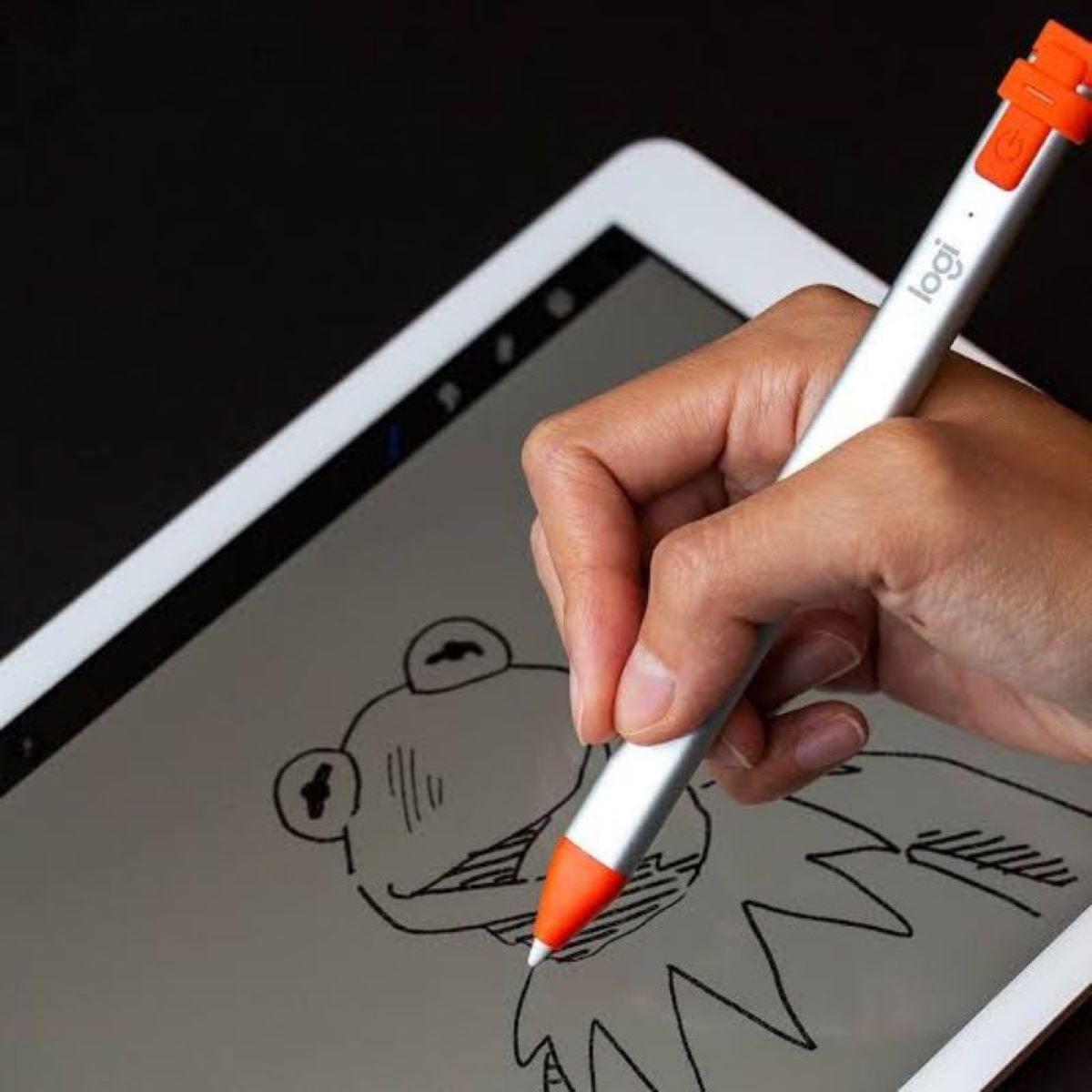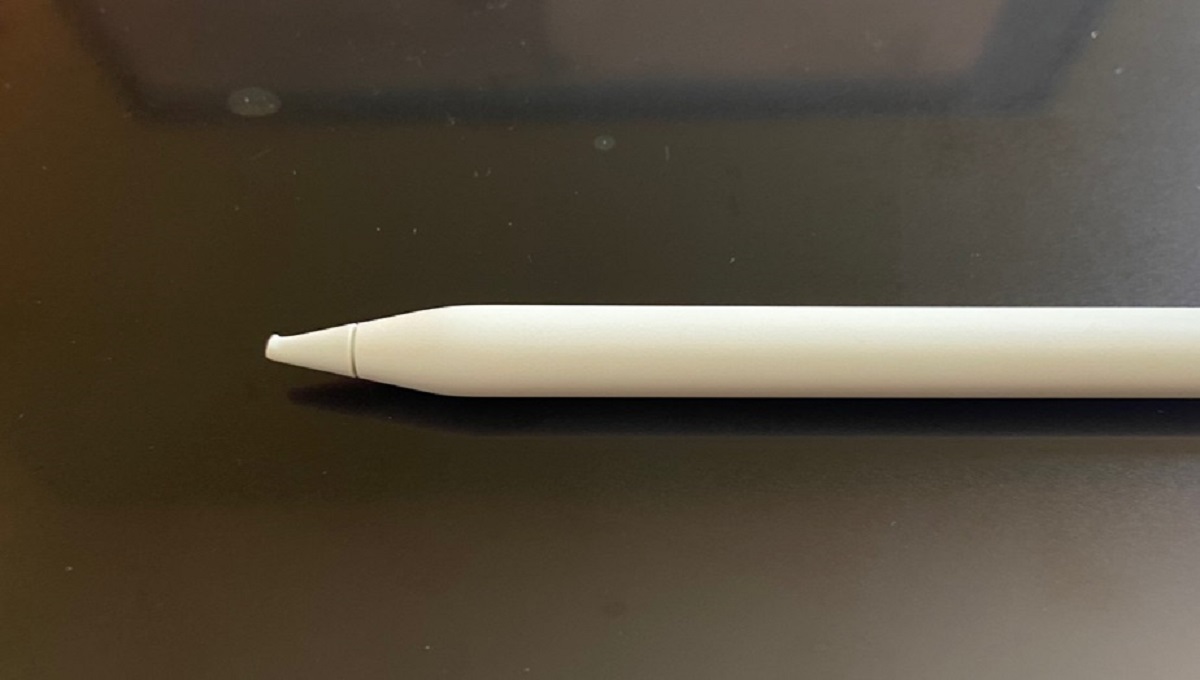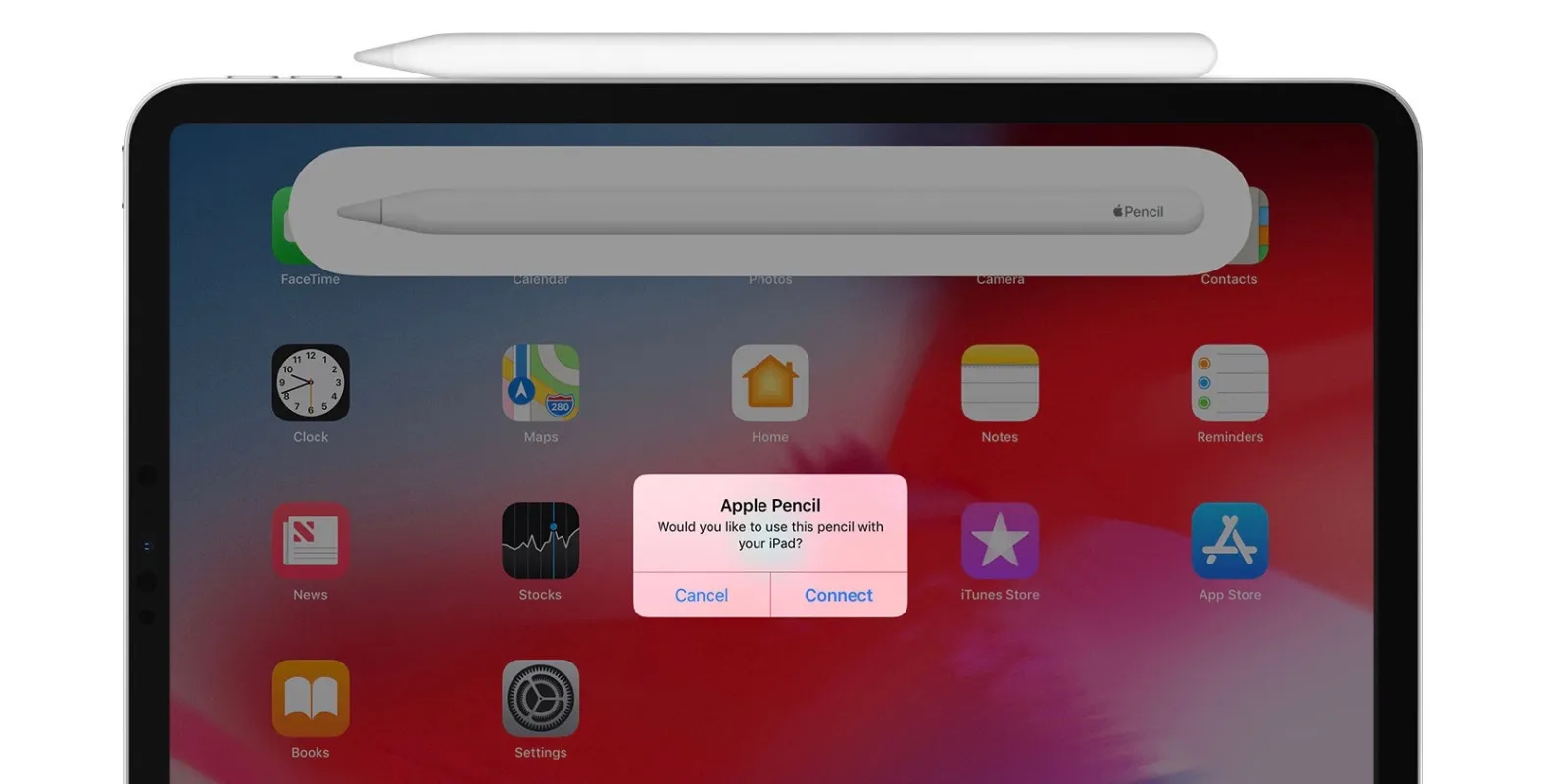Introduction
The Apple Pencil is a popular accessory for iPad users, offering a seamless and intuitive way to write, draw, and navigate on the screen. However, like any other electronic device, the Apple Pencil may encounter issues or even stop working altogether. If you’re wondering how to tell if your Apple Pencil is dead, this article will guide you through the signs to look out for and the troubleshooting steps you can take to revive it.
The Apple Pencil connects wirelessly to your iPad, utilizing advanced technology to provide precise input and an incredibly smooth user experience. But what if you pick up your Apple Pencil and it doesn’t respond when you try to use it? Don’t panic just yet. While a non-responsive Apple Pencil can be frustrating, there are several factors to consider before concluding that it is indeed “dead.”
In this article, we will explore the different signs that indicate your Apple Pencil may not be working, along with troubleshooting steps you can try to revive it. We’ll also cover how to test its connectivity, how to charge it properly, and how to check for physical damage or obstructions that might be impacting its functionality. Additionally, we’ll provide guidance on resetting your Apple Pencil and when it’s time to contact Apple Support for further assistance.
Whether you’re an artist, student, professional, or simply an avid iPad user, having a functional Apple Pencil is essential for maximizing your creativity and productivity. By understanding the signs of a dead Apple Pencil and knowing how to troubleshoot common issues, you’ll be well-equipped to quickly get it back up and running, saving you time and potentially avoiding unnecessary costs.
Signs that your Apple Pencil may be dead
When your Apple Pencil is not functioning as expected, it’s important to determine whether it is completely dead or experiencing a temporary issue. Here are some common signs that may indicate your Apple Pencil is not working:
- No response: When you tap or draw on the iPad screen with your Apple Pencil, there is no response or input being registered. The iPad does not recognize any interactions with the Apple Pencil.
- No Bluetooth connection: If the Apple Pencil is not connecting to your iPad via Bluetooth, it may indicate a connectivity issue. You may notice that the Apple Pencil is not listed in the Bluetooth devices section of the iPad’s settings.
- No charging indicator: When you plug in your Apple Pencil to charge it, there is no charging indicator light, or the light only stays on for a very short period and then turns off. This could be a sign of a dead battery or a faulty charging connection.
- Frequent disconnections: If your Apple Pencil keeps disconnecting from your iPad while you’re using it, despite being fully charged, it may suggest an underlying problem that needs to be addressed.
- Unresponsive buttons: The physical buttons on your Apple Pencil, including the tip or the eraser end, do not perform their designated functions, such as changing tools or activating specific features.
If you are experiencing one or more of these signs, it is likely that your Apple Pencil is encountering an issue that requires troubleshooting or further investigation. While these signs suggest that your Apple Pencil may be dead, there are steps you can take to attempt to revive it before considering a replacement.
Troubleshooting steps to try
If your Apple Pencil is showing signs of being dead or unresponsive, don’t worry just yet. There are several troubleshooting steps you can take to try and revive it before seeking further assistance. Here are some troubleshooting methods you can attempt:
- Restart your iPad: Sometimes, a simple restart can resolve connectivity issues between your iPad and the Apple Pencil. To restart your iPad, press and hold the power button until the “Slide to power off” slider appears. Slide it to power off, wait a few seconds, then press and hold the power button again to turn it back on.
- Re-pair the Apple Pencil: If the Apple Pencil is no longer connecting to your iPad, try unpairing and repairing it. Go to the Bluetooth settings on your iPad, find the Apple Pencil in the list of devices, and tap on the “i” icon next to it. Then, select “Forget This Device” and confirm. Afterward, put the Apple Pencil in pairing mode (if applicable) and follow the on-screen instructions to reconnect it to your iPad.
- Check for software updates: Ensure that your iPad’s operating system is up to date. Go to the “Settings” app, tap on “General,” then “Software Update.” If an update is available, follow the on-screen instructions to download and install it. Sometimes, software updates include bug fixes and improvements that can resolve issues with the Apple Pencil.
- Remove and reinsert the Apple Pencil tip: If the tip of the Apple Pencil is not registering any input, try removing it and reattaching it securely. Unscrew the tip in a counterclockwise motion, then gently screw it back on in a clockwise motion. This can help ensure a proper connection between the tip and the Apple Pencil.
- Reset all settings on your iPad: Resetting all settings on your iPad can sometimes resolve software-related issues that may be causing the Apple Pencil to malfunction. However, note that this will reset all personalized settings on your device, so make sure to back up your data beforehand. To reset the settings, go to “Settings,” tap on “General,” then “Reset,” and select “Reset All Settings.”
By trying these troubleshooting steps, you may be able to revive your Apple Pencil and get it working again. However, if none of these methods resolve the issue, there are a few more steps you can take to further investigate the problem.
Testing your Apple Pencil’s connectivity
If your Apple Pencil still isn’t responding or connecting properly after trying the troubleshooting steps mentioned earlier, it’s worth conducting a connectivity test to pinpoint the issue. Here are some methods to test the connectivity of your Apple Pencil:
- Pair with another iPad: If possible, try pairing your Apple Pencil with another compatible iPad. This will help determine whether the issue lies with your specific iPad or the Apple Pencil itself. If the Apple Pencil works seamlessly with the other iPad, it suggests that the problem lies within your original iPad’s settings or hardware.
- Check for interference: Wireless signals from other devices, such as Wi-Fi routers or Bluetooth devices, can sometimes interfere with the Apple Pencil’s connectivity. Move your iPad away from these potential sources of interference and see if the Apple Pencil starts working correctly. Additionally, ensure that you’re within the recommended range for the Apple Pencil’s connectivity, which is typically around 10 meters or 33 feet.
- Test with a different Apple Pencil: If you have access to another Apple Pencil, try using it with your iPad. If the second Apple Pencil works flawlessly, it indicates that there may be an issue with your original Apple Pencil and not the iPad itself.
- Use the Apple Pencil on another app: Try using your Apple Pencil on multiple apps to see if the issue is app-specific or system-wide. If the Apple Pencil works fine on one app but not on others, the problem may be related to the specific app’s settings or compatibility.
By performing these connectivity tests, you can gather valuable information about the root cause of the issue. This information will be helpful when seeking further assistance or considering warranty claims or replacements for your Apple Pencil.
Charging your Apple Pencil
Properly charging your Apple Pencil is essential for maintaining its functionality and preventing it from becoming unresponsive. Here are some important things to keep in mind when charging your Apple Pencil:
- Use the correct charging method: The first-generation Apple Pencil charges by connecting it to the Lightning port of your iPad. Simply remove the cap at the end of the Apple Pencil and insert the Lightning connector into the port. The second-generation Apple Pencil charges wirelessly by magnetically attaching it to the side of your iPad Pro.
- Check the charging status: When you connect your Apple Pencil to your iPad for charging, you should see a charging indicator on the iPad’s screen. It will display the current charge level of your Apple Pencil. If the charging indicator does not appear, ensure that you have a secure connection between the Apple Pencil and the Lightning port or the magnetic attachment.
- Allow sufficient charging time: Depending on the battery level, it may take some time for your Apple Pencil to charge fully. Allow it to charge for at least 10-15 minutes before attempting to use it again. If the battery was completely drained, it may take longer to regain a sufficient charge.
- Consider using a wall adapter: To ensure optimal charging speed, it’s recommended to use a wall adapter with your iPad when charging the Apple Pencil. Some USB ports on computers or other devices may not provide enough power to charge the Apple Pencil effectively.
- Check for debris or damage: Examine the Lightning connector or magnetic attachment on your Apple Pencil for any debris or damage that may prevent a proper connection. Clean the connector gently with a soft, lint-free cloth, and if there’s any visible damage, contact Apple Support for further assistance.
Remember, a properly charged Apple Pencil is more likely to function optimally, so it’s important to address any charging-related issues promptly. If you encounter ongoing charging problems or your Apple Pencil still doesn’t respond after being charged, further troubleshooting may be necessary.
Checking for physical damage or obstructions
If your Apple Pencil is not responding or working properly, it’s important to inspect it for any physical damage or obstructions that may be affecting its functionality. Here are some steps to follow when checking for physical damage or obstructions:
- Inspect the exterior: Carefully examine the exterior of your Apple Pencil for any visible damage or signs of wear and tear. Look for cracks, dents, or any other physical damage that may have occurred. If you notice any damage, it may be the cause of the Apple Pencil’s unresponsiveness.
- Check the Lightning connector or magnetic attachment: If you’re using the first-generation Apple Pencil, inspect the Lightning connector on the end of the Apple Pencil for any debris or damage. Ensure that it is clean and free from any obstructions. If you’re using the second-generation Apple Pencil, examine the magnetic attachment for any misalignment or foreign objects that may prevent it from securely attaching to your iPad.
- Inspect the Apple Pencil tip: The tip of your Apple Pencil may wear down over time, particularly if you use it frequently. Visually inspect the tip for any signs of damage or excessive wear. If necessary, you can replace the tip with a new one, which is available for purchase separately.
- Check for obstructions: Sometimes, debris or dirt can accumulate in the charging port, Lightning connector, or the magnetic attachment area on your iPad. Use a soft, lint-free cloth or a brush to gently clean these areas, removing any obstructions that may prevent a proper connection between your Apple Pencil and iPad.
- Test on another surface: Try using your Apple Pencil on a different surface or iPad to rule out any issues with the specific screen or device you were previously using. If the Apple Pencil functions correctly on another surface, it suggests that the problem lies with your original iPad or screen.
By thoroughly inspecting your Apple Pencil for any physical damage or obstructions, you can identify potential issues that may be hindering its performance. If you find any significant damage or are unable to resolve the issue, it may be necessary to reach out to Apple Support or consider getting a replacement Apple Pencil.
Resetting your Apple Pencil
If you’ve encountered persistent issues with your Apple Pencil and nothing else seems to work, resetting the Apple Pencil may help resolve the problem. Here are the steps to reset your Apple Pencil:
- Unpair the Apple Pencil: Go to the Bluetooth settings on your iPad and find the Apple Pencil in the list of devices. Tap on the “i” icon next to it and select “Forget This Device” to unpair the Apple Pencil from your iPad.
- Charge the Apple Pencil: Connect the Apple Pencil to your iPad or use a wall adapter to charge it for at least 15 minutes. Ensuring that it has a sufficient charge before proceeding is important for the reset process.
- Restart your iPad: Perform a restart on your iPad by pressing and holding the power button until the “Slide to power off” slider appears. Slide it to power off, wait a few moments, and then press and hold the power button again to turn it back on.
- Pair the Apple Pencil: Once your iPad has restarted, go back to the Bluetooth settings and put your Apple Pencil into pairing mode (if applicable). Follow the on-screen instructions to re-pair it with your iPad.
- Test the Apple Pencil: After successfully pairing the Apple Pencil, test its functionality by tapping, drawing, or using any of its features on your iPad. Check if it responds accurately and registers inputs as expected.
Resetting your Apple Pencil can help resolve minor software glitches or connectivity issues, but keep in mind that it will also remove any personalized settings associated with the Apple Pencil. If the reset doesn’t solve the problem or if the issues persist, you may need to seek further assistance from Apple Support or consider getting a replacement Apple Pencil.
Contacting Apple Support for further assistance
If you have tried all the troubleshooting steps mentioned above and your Apple Pencil still isn’t functioning correctly, it may be time to seek further assistance from Apple Support. Here’s how you can reach out to them for help:
- Visit the Apple Support website: Go to the official Apple Support website (support.apple.com) and navigate to the iPad section. There, you will find specific resources and articles related to the Apple Pencil that may help address your issue.
- Use the Apple Support app: Download the Apple Support app on your iPhone or iPad from the App Store. This app provides access to various support options and allows you to initiate a chat session with an Apple Support representative or schedule a callback for assistance.
- Contact Apple Support directly: If you prefer to speak with a support representative over the phone, you can find the appropriate contact information on the Apple Support website. They will guide you through further troubleshooting steps or advise on potential solutions based on your specific situation.
- Visit an Apple Store or authorized service provider: If you have an Apple Store or authorized service provider near you, consider scheduling an appointment or visiting in-person to get your Apple Pencil examined by a technical expert. They will be able to provide a hands-on assessment and determine the best course of action to resolve the issue.
When contacting Apple Support, it’s helpful to provide them with details regarding the troubleshooting steps you’ve already taken and any specific error messages or behavior you’ve observed with your Apple Pencil. This information will assist them in diagnosing the problem more effectively.
Remember, Apple Support is dedicated to assisting customers and finding solutions to their device-related issues. If your Apple Pencil is still under warranty or covered by AppleCare, they will guide you through the appropriate steps for repair or replacement.
Conclusion
The Apple Pencil is a powerful and versatile tool that enhances the capabilities of your iPad, allowing you to unleash your creativity and productivity. However, like any electronic device, the Apple Pencil may encounter issues or become unresponsive at times. By familiarizing yourself with the signs of a dead Apple Pencil and following the troubleshooting steps outlined in this article, you can increase the chances of reviving your Apple Pencil and getting it back to full functionality.
If you notice signs such as no response, no Bluetooth connection, or unresponsive buttons, it’s important to go through the troubleshooting steps. Restarting your iPad, re-pairing the Apple Pencil, checking for software updates, and examining for physical damage or obstructions are some of the initial steps you can take. Charging your Apple Pencil correctly and testing its connectivity on different surfaces or devices can also help identify any underlying issues.
However, if these steps do not resolve the problem, it may be necessary to contact Apple Support for further assistance. They have dedicated resources and expertise to address Apple Pencil-related issues and guide you in finding a solution. Whether it’s through online support, the Apple Support app, or visiting an Apple Store or authorized service provider, they can provide personalized assistance and determine if a repair or replacement is necessary.
Remember to keep your Apple Pencil charged, handle it with care, and regularly check for any signs of physical damage. Additionally, stay updated with the latest software updates for your iPad, as they often include bug fixes and optimizations that can improve the performance of your Apple Pencil.
With proper care and troubleshooting, you’ll be able to enjoy all the benefits that the Apple Pencil brings to your creative and professional endeavors. So, be patient, stay persistent, and leverage the resources available to restore your Apple Pencil to optimal functionality.







